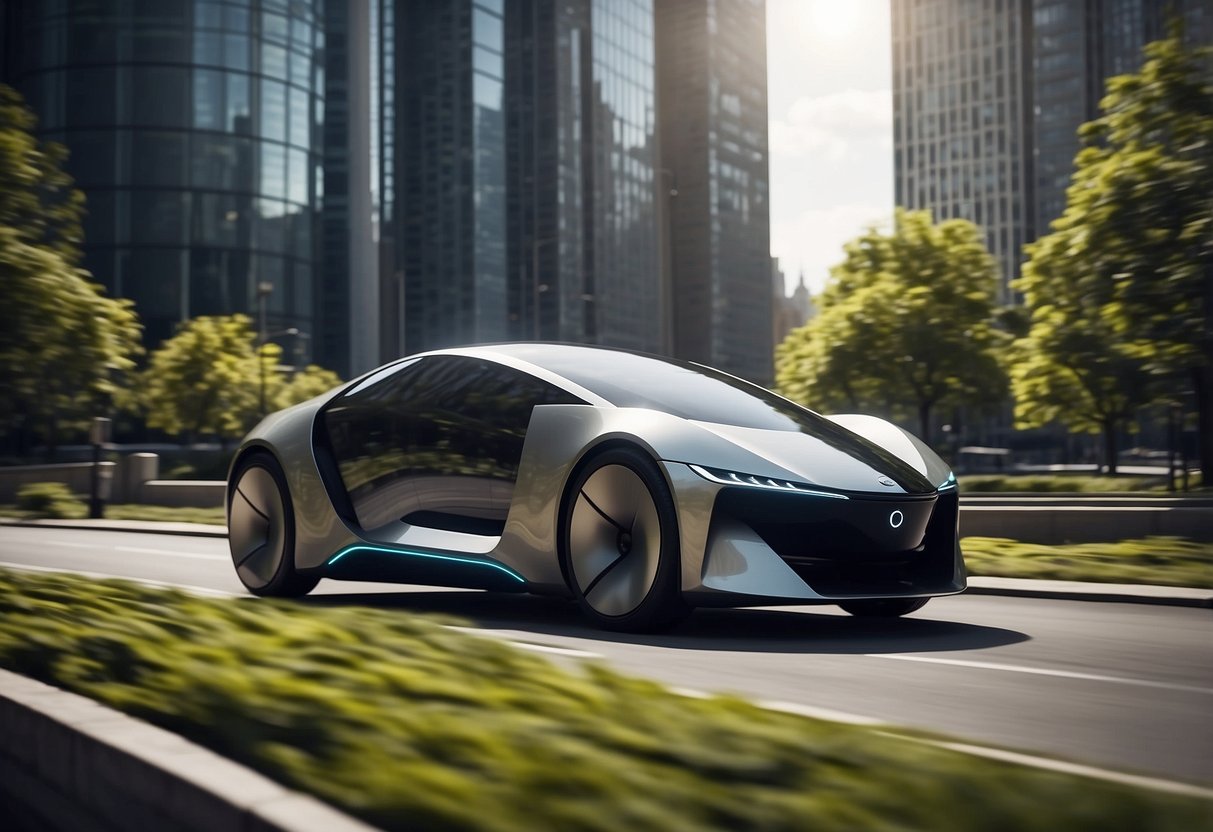
Autonomous Driving Technologies

Autonomous driving technologies are revolutionizing the automotive industry, primarily through advances in sensor and radar systems and the integration of machine learning and artificial intelligence.
Sensor and Radar Development
The latest concept cars boast sophisticated sensor arrays and radar systems, enhancing their ability to perceive the environment. These advancements include high-resolution LiDAR sensors that provide accurate, real-time 3D mapping.
Radar systems are now more precise, with increased range and capability to detect objects even in adverse weather conditions. Ultrasonic sensors add another layer of detection for close-range obstacles.
Sensor fusion combines data from multiple sources, delivering a comprehensive understanding of the vehicle’s surroundings. This integration improves decision-making processes, allowing for safer and more efficient autonomous driving.
Machine Learning and AI
Machine learning algorithms and artificial intelligence play a crucial role in the functionality of autonomous vehicles. These systems analyze vast amounts of data collected by sensors to predict and react to driving situations.
The use of convolutional neural networks enables the vehicle to recognize and categorize objects, such as pedestrians or road signs.
AI allows for continual learning, so the system can improve over time by understanding and adapting to new situations. This adaptive learning capability enhances the precision and reliability of autonomous driving technologies, making them indispensable in modern concept cars.
Interior Design Trends
Automotive interiors are evolving with cutting-edge technology and adaptable layouts to meet the modern driver’s needs.
Infotainment Systems
Infotainment systems in concept cars are integrating advanced technologies to enhance user experience. Large touchscreens with high-resolution displays are becoming standard, offering seamless control over navigation, audio, climate, and smartphone integration. Voice-activated controls and gesture recognition further enhance convenience, allowing drivers to focus on the road. Many new systems support over-the-air updates, ensuring the software remains current without needing a visit to the dealer. Personalization is key, with settings that remember individual preferences for seating, lighting, and music.
Modular and Configurable Spaces
Flexibility is at the forefront of interior design, with modular and configurable spaces transforming the way we think about car interiors. Concept cars feature seats that can swivel, fold, or even be removed to accommodate different needs, from extra cargo space to social seating arrangements. The use of sustainable materials and innovative storage solutions maximizes space without compromising comfort. Sliding rails and mounts allow passengers to reconfigure the layout effortlessly, adapting the interior for family trips, solo driving, or professional use. This adaptability is aimed at enhancing both functionality and comfort for all passengers.



